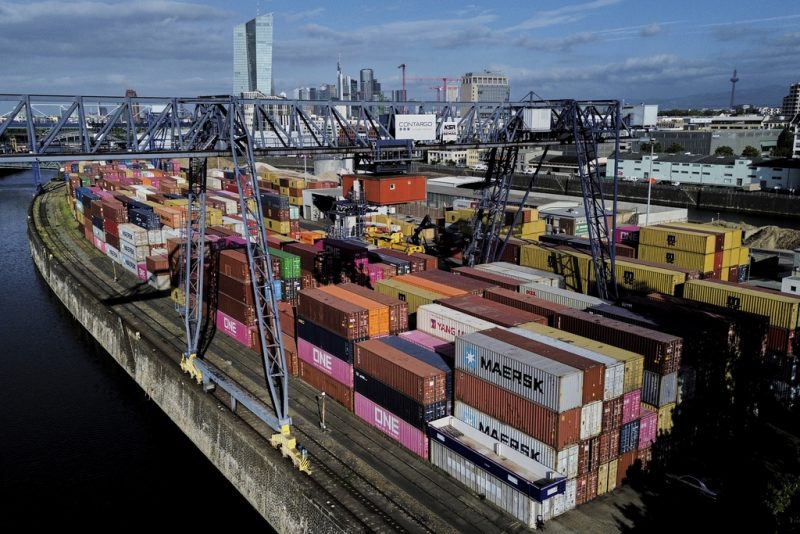
The US Trade Deals: Significant Shifts in Tariff Policy
In May, the US made strides toward easing trade tensions by reaching an agreement with China. The deal, termed a “tariff truce,” reduces US tariffs on Chinese goods from 145% to 30%. In return, China agreed to cut tariffs on American imports from 125% to 10%. This agreement marks a shift toward diplomacy, suspending or canceling certain non-tariff measures China had previously placed on US goods.
The move is considered a breakthrough after months of escalating tariff disputes. Meanwhile, the UK has secured relief on steel tariffs. The 25% tariff on British steel will be reduced to zero. This signals a positive step in US-UK trade relations. However, 10% tariffs on British exports will remain in place. Though the UK managed to negotiate a reduction in the US car tariff from 27.5% to 10% for a limited number of vehicles.
The EU’s Response and Ongoing Negotiations
While the US and UK have made progress, the European Union remains at the center of ongoing trade tension with the United States. In late May, President Trump announced a plan to impose a 50% tariff on all EU imports starting June 1. This aggressive stance came after trade talks stalled. However, EU officials quickly responded. European Commission President Ursula von der Leyen spoke positively with Trump, ensuring negotiations would continue. Moreover, the planned tariffs were postponed until July 9.
Trade Commissioner Maroš Šefčovič emphasized that the EU remains committed to securing a favorable trade agreement with the US. He is ensuring that diplomatic talks remain a priority. With trade barriers in place, the EU is making strategic efforts to navigate the shifting landscape of international trade.
SuperMetalPrice Commentary:
The ongoing tariff disputes among the US, China, the UK, and the EU illustrate the dynamic nature of global trade. As countries navigate trade agreements, tariff reductions, and negotiations, the steel and aluminum industries are particularly impacted. The reduction of steel tariffs between the US and the UK could signal future policy changes. This might benefit European steel producers. However, these shifting dynamics may continue to affect pricing and trade in key metal sectors.
As more countries look to reach agreements with the US, the global market remains in flux. Steel producers, in particular, must stay prepared for future tariff changes that could disrupt the market balance.


![[Price Reporting] Ni Alloys : Monel 400, Monel K-500, Hastelloy G3, Hastelloy G30, Hastelloy X](https://supermetalprice.com/wp-content/uploads/2025/02/Price-Reporting-Ni-Alloy-Monel-400-Monel-K-500-Hastelloy-G3-Hastelloy-G30-Hastelloy-X-scaled.jpg)








Leave a Reply
You must be logged in to post a comment.